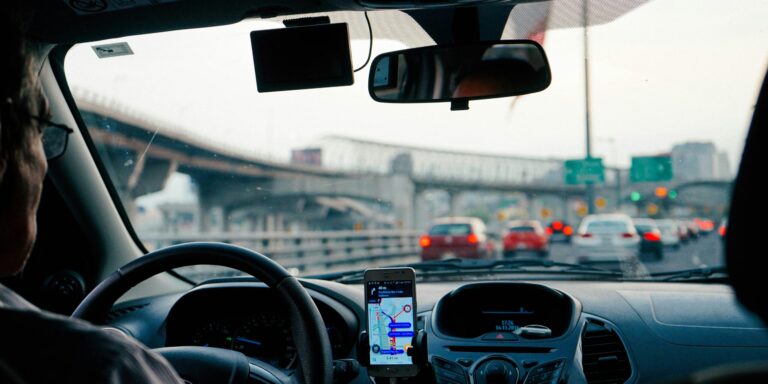On October 8, 2025, California Governor Gavin Newsom signed a historic agreement that could pave the way for Uber and Lyft drivers to form unions, a move that advocates argue is critical for improving labor rights and the working conditions of gig economy workers. The decision comes after years of advocacy by drivers and labor groups, who have called for stronger protections and benefits for those who work within the gig economy, which often lacks the legal frameworks that traditional employment offers.
The agreement is seen as a landmark step in California’s ongoing efforts to address the evolving nature of work in the modern economy, where many workers are classified as independent contractors rather than full-time employees. This classification has been at the center of debates about worker rights, as it denies gig workers benefits like health insurance, paid sick leave, and workers’ compensation. The new pathway for unionization offers drivers a means of negotiating for better pay, working conditions, and job security.
Read Also: https://rentmagazine.com/commercial-real-estate-powers-ahead-with-solar-adoption-in-2025/
Under the terms of the agreement, Uber and Lyft drivers will now be able to form unions and engage in collective bargaining with their employers. The unionization process, however, will not be immediate. Drivers must first meet specific requirements, and the unions formed will have to follow the legal framework set out by the state. While the details of the unionization process are still being worked out, this agreement marks a significant shift in the way California is addressing the gig economy, which has seen explosive growth in recent years.
Governor Newsom expressed support for the initiative, calling it a necessary step toward ensuring that gig workers are not left behind in the evolving labor landscape. He acknowledged that the gig economy has transformed many industries, but emphasized that workers in these sectors deserve protections and a voice in the workplace, much like those in traditional employment.
For Uber and Lyft drivers, the agreement is being viewed as a potential game-changer. Many drivers have long complained about low wages, lack of benefits, and the difficulty of having their voices heard by the companies they work for. The ability to unionize is seen as an important tool in securing fair wages and better working conditions.
Labor advocates are celebrating the deal as a victory for workers who have been marginalized in the gig economy. For years, Uber and Lyft drivers have argued that their status as independent contractors leaves them vulnerable to exploitation, with little recourse when it comes to negotiating pay or addressing grievances. With the new agreement, these workers now have the opportunity to organize, ensuring their collective voices are heard in matters affecting their livelihoods.
This development comes after years of legal and political battles over the classification of gig workers. In 2020, California voters passed Proposition 22, which allowed companies like Uber and Lyft to continue classifying their drivers as independent contractors, rather than employees. However, that measure was contentious, and advocates for gig workers argued that it did not provide enough protections. The agreement signed by Governor Newsom in October 2025 represents a compromise that seeks to strike a balance between the interests of gig companies and the rights of their workers.
The move has also sparked discussions about the broader implications for other sectors of the economy. If successful, the agreement could serve as a model for other states grappling with the challenges of the gig economy and the rights of workers in non-traditional employment. Labor experts believe that this agreement could be a crucial turning point in the national conversation about how to protect workers in an economy that increasingly relies on temporary and flexible labor.
As the gig economy continues to expand, the deal could signal a new era for worker rights in California, and potentially, across the nation. For now, Uber and Lyft drivers will be watching closely to see how the agreement plays out, hoping that it will lead to real improvements in their working conditions and overall quality of life.
